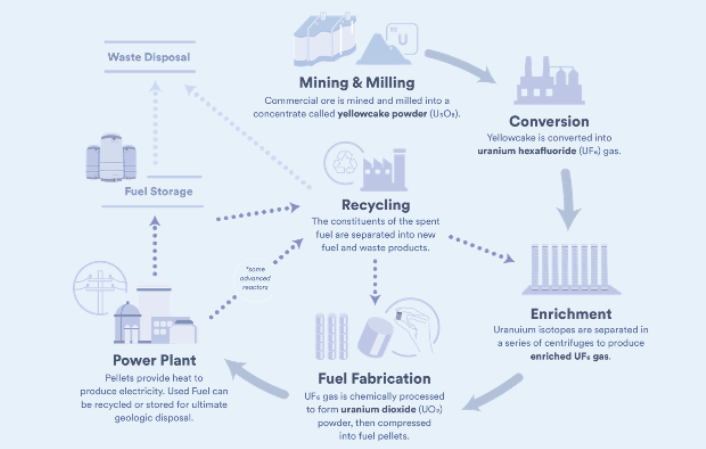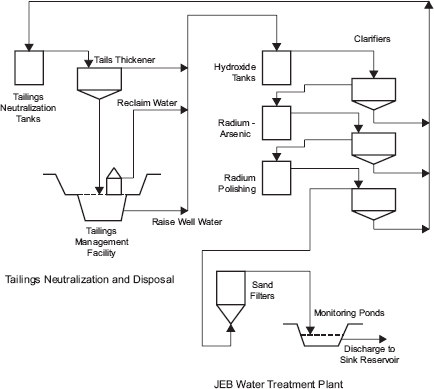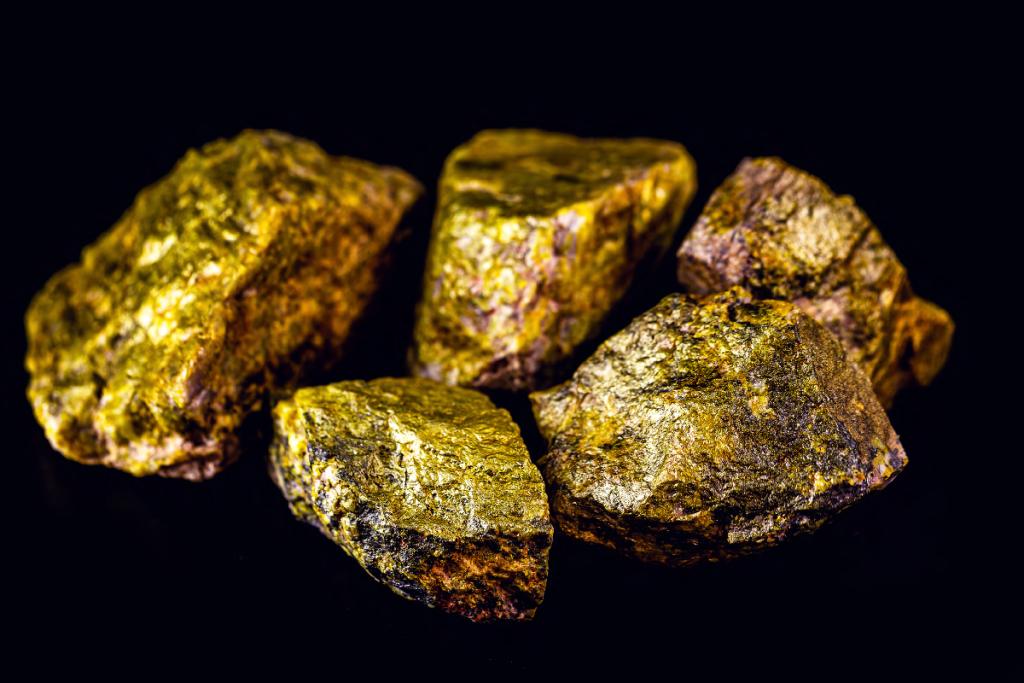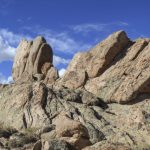The Influence of Environmental Factors on Rock Formation
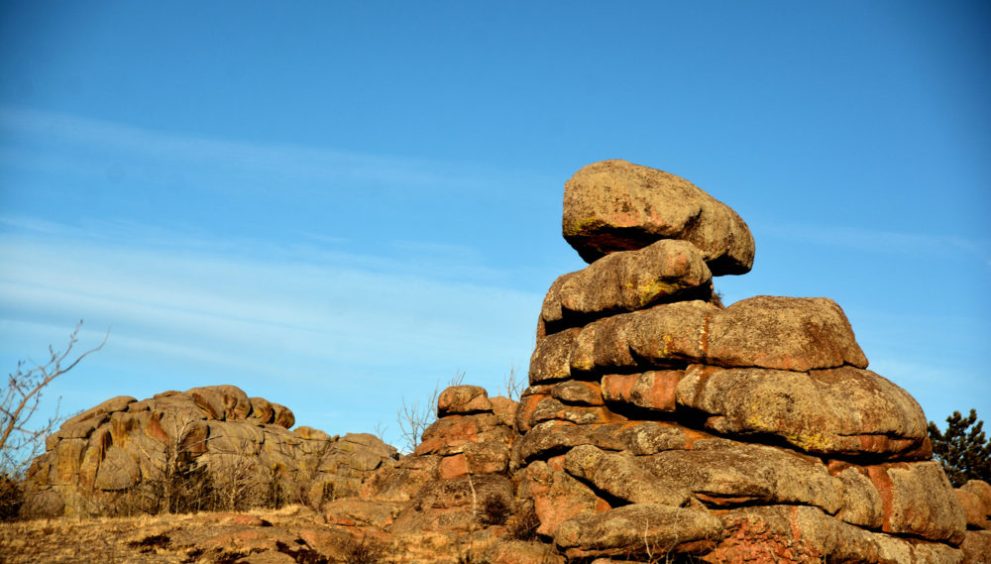
Environmental factors and geological processes work together so closely in the field of geology, which is a fact that shows how rocks have been formed.
Geological forces like pressure and heat are well known, but the environment also has a significant impact on rock formation that is not always thought about.
The connection between environmental factors and the formation of rocks is discussed in this piece by Zik Natural Resources, which shows how important these factors are in shaping the Earth’s geological landscape.
Subscribe to www.zikresources.com for more valuable content on natural resources
Understanding the Role of Environmental Factors in Rock Formation
Environmental factors have a big impact on how rocks are formed and change over time. These include a variety of elements, such as climate, water, wind, ice, and living activity.
- Changes in the climate affect things like weathering and the wearing away of rocks. In this geographic region, climate conditions become an important factor that affects geological processes in a variety of ways.
For example, the constant forces of erosion form landscapes based on climate trends, slowly making rock forms into different features.
- Water helps to physically as well as chemically break down rocks through processes like erosion, movement, and deposition.
- Landscapes are also changed by wind, ice, and living interactions.
- Mechanical and chemical processes change the mineral composition of rocks.
Understanding how these natural factors change over time helps to understand how nature’s forces affect the formation and change of the Earth’s surface over time.
How Do Environmental Factors Shape Rock Formation In Climate
Over geological timescales, climate, and natural factors have a big impact on how rocks form. The different types of rock formations seen around the world are caused by the complex interactions between the climate, rainfall, wind patterns, and other environmental factors.
- Weathering and wearing away of rocks.
In cold places, rocks can break down through repeated freezing and melting. In hot and humid places, chemical processes speed up the breakdown of minerals. Rocks are worn away by wind, water, and ice during these processes, which is how features like rock faces, ravines, and valleys are formed.
- Lithification and Diagenesis:
Temperature and the chemical composition of groundwater are some of the ways that climate affects the rate of lithification. The climate also affects diagenesis processes like mineral recrystallization and disintegration, which changes the end composition and texture of rocks.
- Tectonic Activity: The climate can have a secondary effect on tectonic processes, which in turn influence how rocks are formed.
For instance, changes in the sea level caused by changes in the temperature can affect where sedimentary environments are found and how sedimentary rocks are formed.
Zik Natural Resources @www.zikresources.com gives useful and educative updates on Natural Resources.
Biological and Environmental Factors In The Formation of Rocks
Biology has a big impact on how rocks form and change over time, changing their chemical composition, structure, and general features.
Biological interactions, like the activity of microbes in sedimentary environments and the part that plants and animals play in weathering processes, help create unique rock features like stromatolites, which are made by the activity of microorganisms, and bioturbation. These interactions also shape how rocks change over time.
To fully understand how rocks grow, you need to look at them from various perspectives, taking into consideration both biological and environmental factors.
The geological landscape of Earth is shaped by biological processes like sedimentation, mineralization, and fossilisation, as well as environmental factors like climate, weathering, and tectonic action.
Biological factors play a part in the wide range of rock forms seen around the world.
In conclusion, rocks are formed by interactions between geological processes and environmental factors. We get a better understanding of the many factors that affect the Earth’s geological environment. The constant forces of erosion caused by weather patterns and the changing effects of living activity are both examples of environmental factors that shape the very structure of the planet’s geological history.
Share this valuable information on your different social media platforms www.zikresources.com


